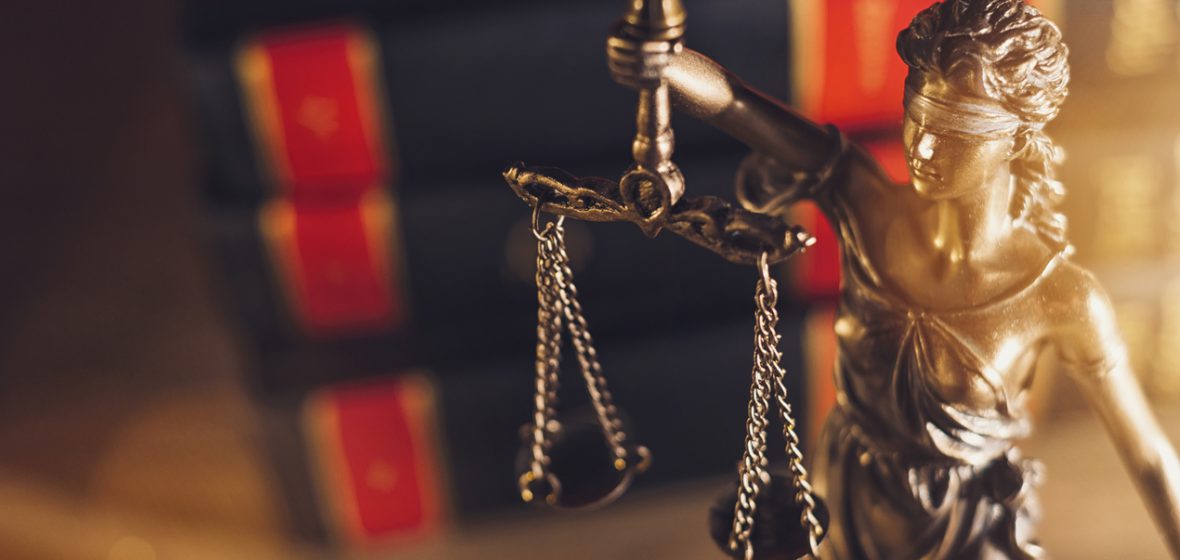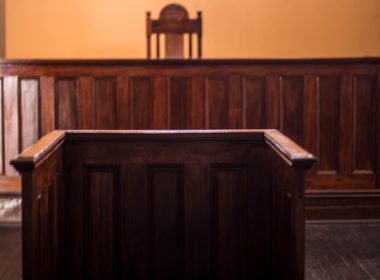Snapshot
- With the return of face-to-face court appearances, anecdotally there appears to have been an increase in lawyers reporting poor behaviour from legal colleagues in and out of court.
- Courtesy in, and by, the profession is a legislated requirement but what constitutes courtesy changes over time and may be misunderstood.
- It is important for lawyers to support and educate each other through formal and informal avenues to ensure we provide a safe and comfortable environment for everyone.
As courts around the world were forced to transition to online proceedings during the COVID-19 pandemic, anecdotes and memes exploded across the internet: from the cat filter lawyer to chaotic telephone confusion, major technology failures and the endless ‘you are on mute’ embarrassment.
As many courts returned (at least in part) to face-to-face hearings and ‘real life’ court, the return to face-to-face professional interactions has not been an entirely enjoyable experience for many in the profession. Members of the Law Society have observed, anecdotally, an increase in lawyers reporting rudeness and even intimidation from barrister and solicitor colleagues in court settings. It is widely accepted that everyone should feel safe in their workplace and, for those who spend time in courts and tribunals, that includes court rooms, breakout rooms, conciliation rooms, court and tribunal foyers and even on the famous courtroom steps.
It is not clear whether the issue stems from stress, lockdown fatigue or whether lawyers have forgotten how to behave appropriately or professionally. It is also not clear whether rudeness has been a long-standing problem within the profession and whether different lawyers have different ideas as to what constitutes bad behaviour. How can lawyers ensure they behave in ways that enable all lawyers to feel safe and respected?
Behaviour that is always acceptable
There are numerous provisions within the Legal Profession Uniform Law Australian Solicitors’ Conduct Rules 2015 (‘Solicitor Conduct Rules’) that impose behavioural obligations on lawyers. Rule 4.1.2 requires lawyers to be ‘honest and courteous in all dealings in the course of legal practice’. Several relevant Court practice notes also expressly require courtesy: the Federal Court’s National Court Framework and Case Management CPN-1 states at clause 15.1: ‘At all times, parties are expected to communicate courteously with each other, the Court and all Court staff’. Supreme Court Practice Note SC EQ 14 clause 13 and District Court Practice Note DC (Civil) No. 1B clause 3.3 expressly require lawyers and all parties to adhere to professional etiquette and courtesy in online courts. The explicit requirement for courtesy means that lawyers should always be ‘on their best behaviour’ both in and out of courts and tribunals.
The word ‘courtesy’ itself derives from ‘court’ (albeit the Middle Ages royal variety rather than the judicial variety). Courtesy has been the subject of manuals and guidelines for many centuries, but it requires continuous active consideration because standards change over time. A recent Australian discussion importantly notes that courtesy is ‘culturally and historically specific’ and explores its importance in judicial behaviour for preserving formality, decorum and perceptions of fairness and impartiality, particularly with self-represented litigants (Sharyn Roach Anleu, Kathy Mack, Jennifer Elek and David Rottman, ‘Judicial ethics, everyday work and emotion management’, 2020 8(1) Journal of Law and Courts, 127, 139). Anleu et al report that judges also struggle with maintaining courtesy when faced with ‘bad lawyers’ and ‘lawyers who say silly things’ (140-141).
While lawyers have a different role from judges, preservation of formality, professionalism, decorum and good emotional regulation skills are equally applicable to lawyers and are requirements of courteous behaviour.




